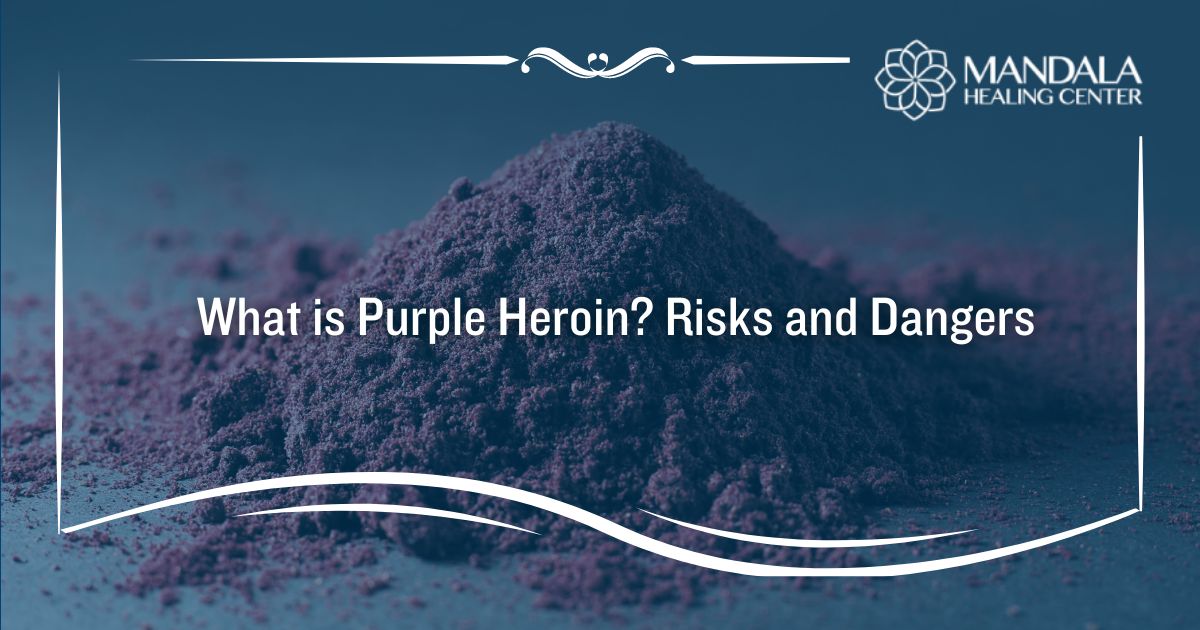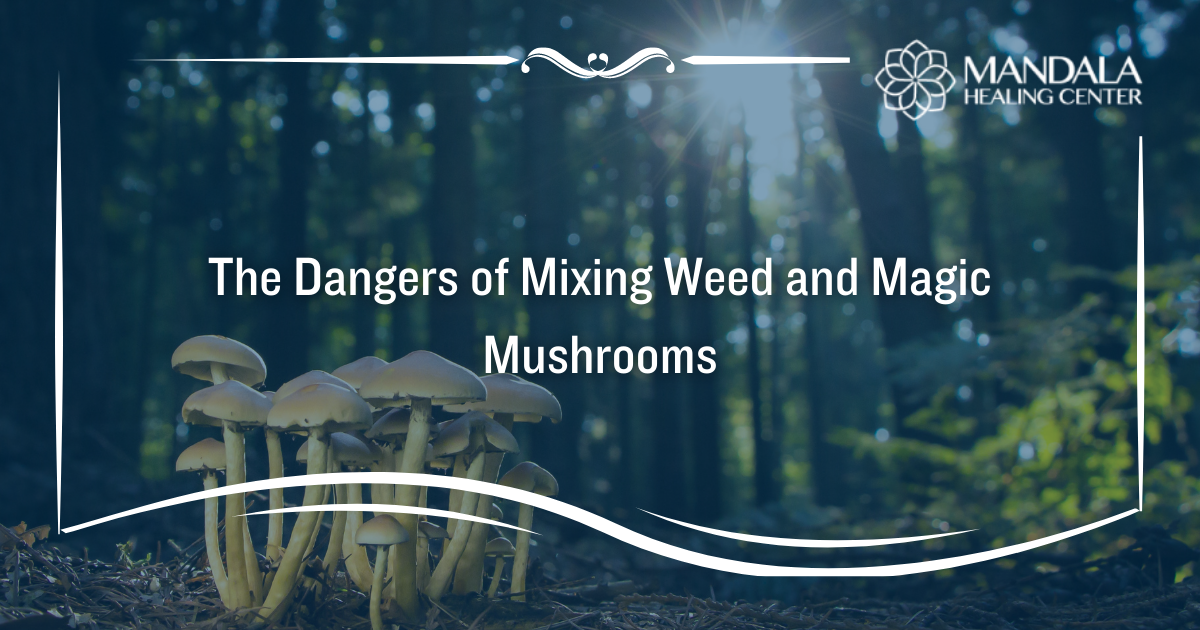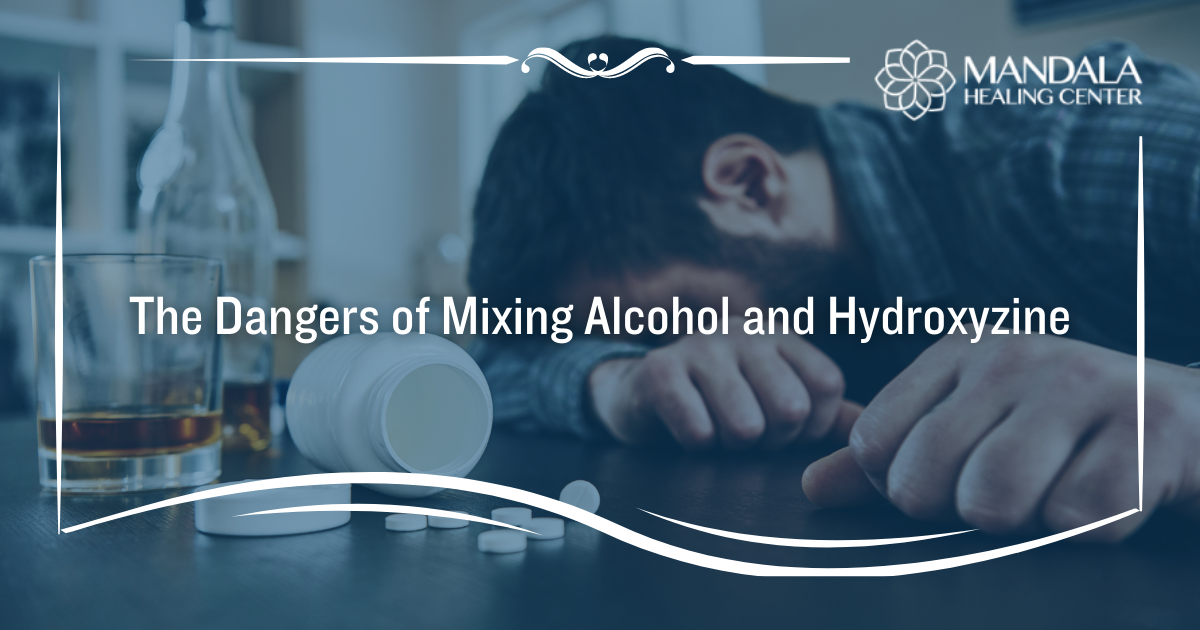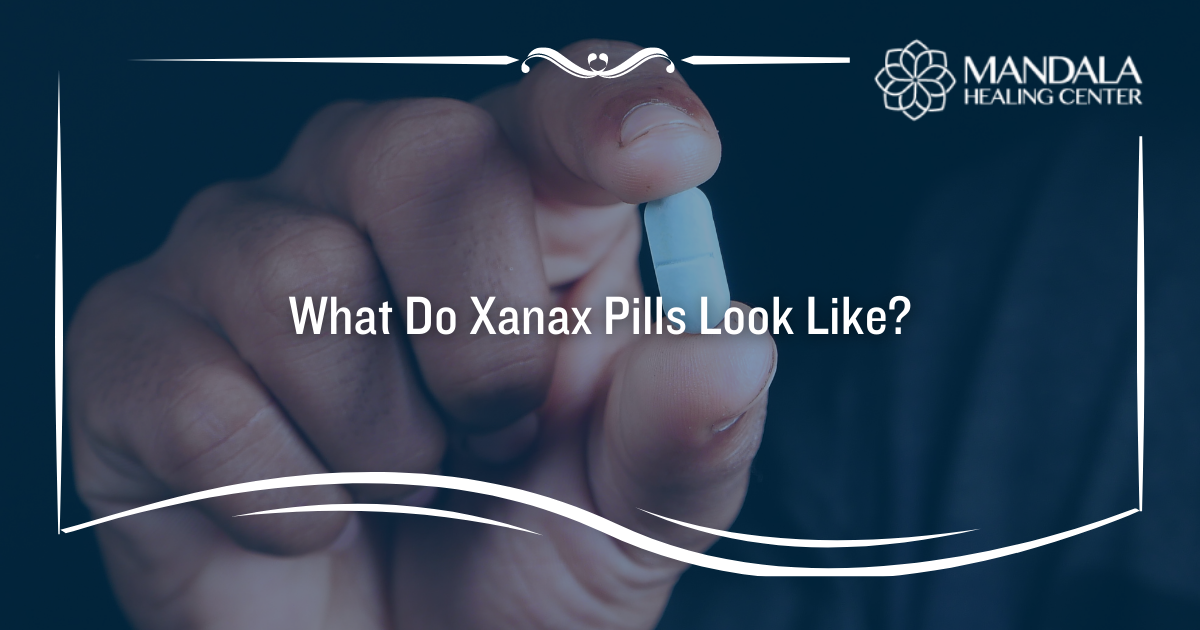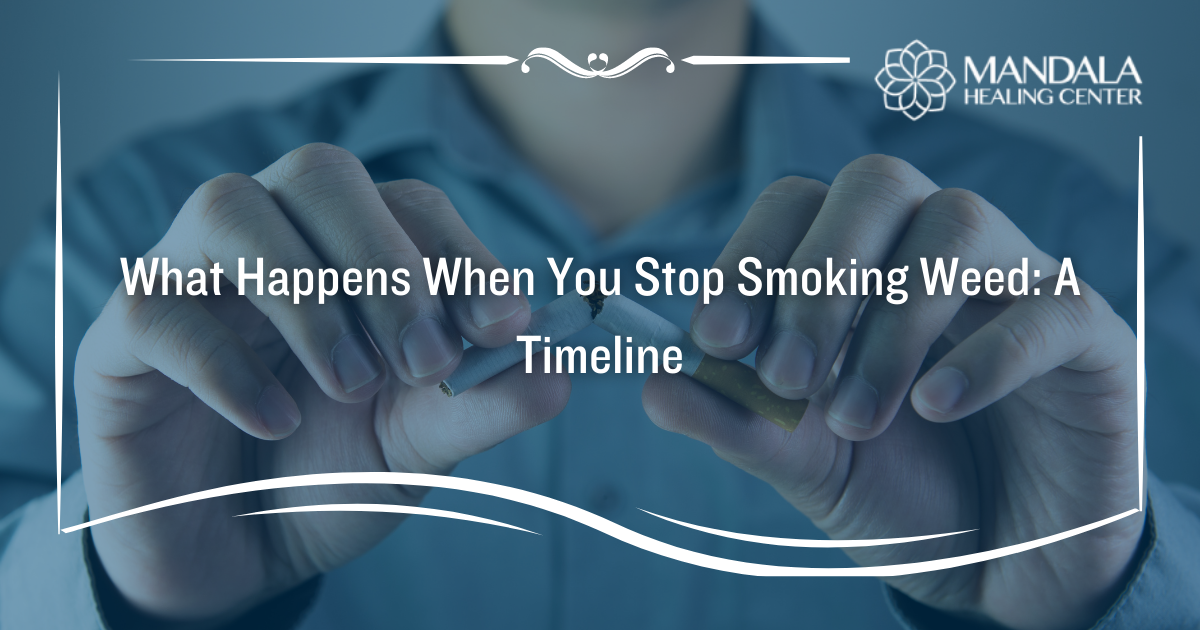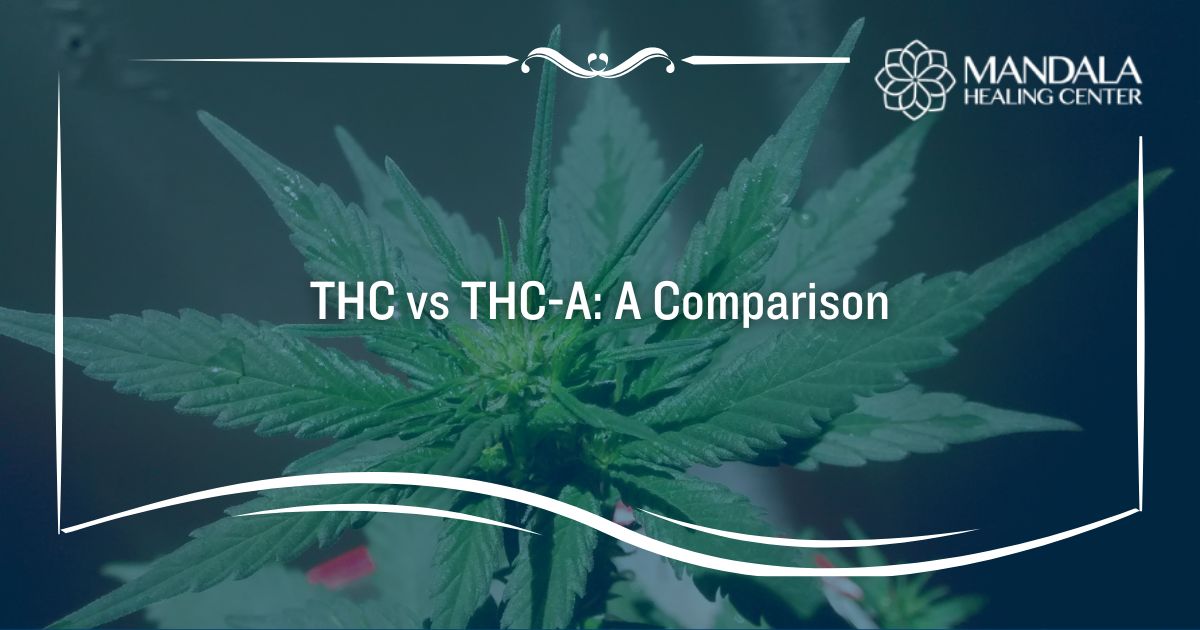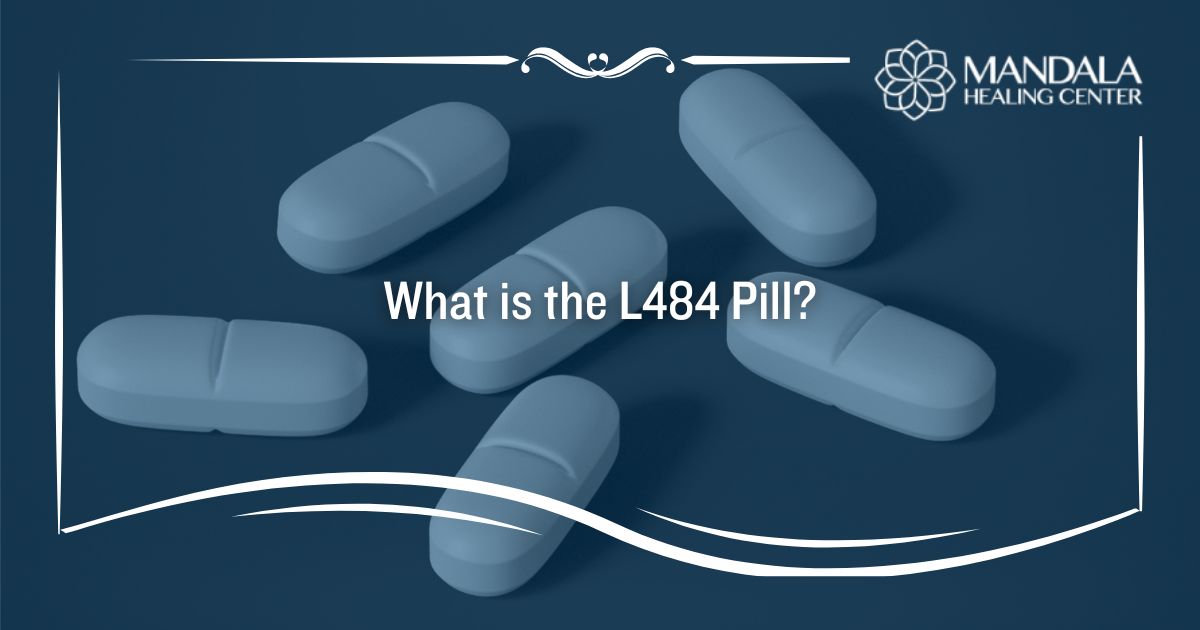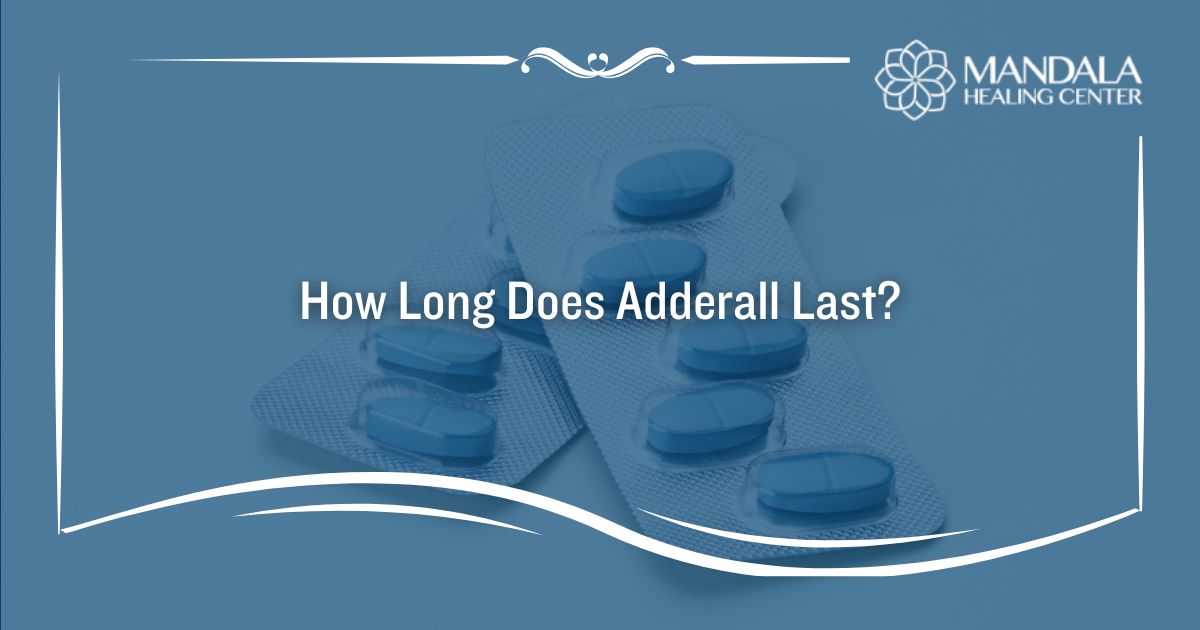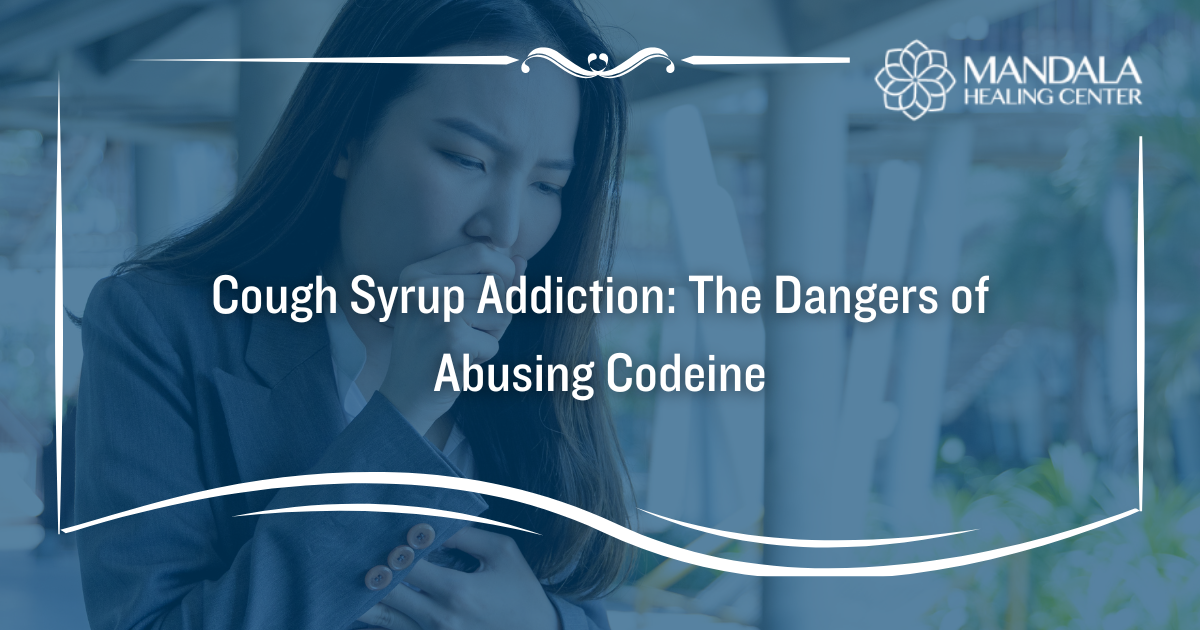Heroin is an illicit opioid that causes central nervous system (CNS) depression. It is abused for its mind-altering effects, which include drowsiness, dizziness, euphoria, and more. Unfortunately, heroin is incredibly addictive and is linked to thousands of fatal overdoses.[1]
As if heroin is not dangerous enough, new versions of the drug frequently pop up. In recent years, fentanyl has been often found inside of heroin, making it even more risky to abuse. Sadly, a new hazardous form of heroin has been found that contains a synthetic opioid known as brorphine.
“Purple heroin” is a new version of heroin that got its name from its purple color. Testing has found that it contains several additives, including fentanyl, niacinamide, acetaminophen, flualprazolam, buspirone and brorphine.[2] Because of these adulterants, purple heroin is likely to lead to life-threatening overdoses.
In this article, you will learn:
- What purple heroin is and what it contains
- What brorphine is
- Whether lean is the same thing as purple heroin
- The dangers of abusing any type of heroin
Understanding Purple Heroin
While heroin is already a dangerous drug to abuse, it has just become even more of a public health concern. Recently, reports of heroin that have a purple sheen have begun shaking communities around the country. Unfortunately, this type of heroin has been found to contain a variety of additives, from simple substances like acetaminophen and buspirone to potent synthetic opioids like fentanyl and brorphine.[2]
The danger of purple heroin is the fact that it contains so many potent adulterants and synthetic opioids such as fentanyl and brorphine. The substances found in this type of heroin include:[3,4,5]
- Fentanyl – a synthetic opioid that is considered to be 100 times more potent than morphine and has caused thousands of life-threatening overdoses
- Niacinamide – a form of vitamin B found in many supplements and is used as a cutting agent in illicit drugs
- Acetaminophen – a pain reliever and fever reducer that is being used as a cutting agent in purple heroin
- Flualprazolam – a counterfeit version of alprazolam (Xanax) that often leads to overdoses and toxicity
- Buspirone – a medication used to treat anxiety that belongs to a class of drugs known as anxiolytics
- Brorphine – a potent synthetic opioid that can lead to life-threatening overdoses
Since it contains both fentanyl and brorphine, the potency of purple heroin is largely unknown and extremely likely to cause life-threatening overdoses. You should avoid consuming any heroin that seems to have a purple color and test your drugs before consuming it.
The effects of purple heroin might include extreme drowsiness, sedation, “nodding off,” slowed breathing and unresponsiveness. In other words, this is a highly dangerous substance. If you notice the symptoms of an opioid overdose, you should contact emergency medical services.
What is Brorphine?
Brorphine is a synthetic opioid that is considered to be more potent than fentanyl. Because fentanyl is considered 50 times more potent than heroin, this is a considerable concern. It is important to note that brorphine is considered a Schedule I drug in the United States, meaning it has no medicinal uses and has a high potential for abuse.
This substance was originally synthesized to create a better opioid that would treat pain more efficiently and cause fewer side effects. Unfortunately, this failed, and brorphine is now circulating the streets and causing overdoses. Brorphine was linked to at least 21 deaths between August 2019 and June 2021.[6]
The highly potent brorphine is found in purple heroin alongside fentanyl, so you should avoid using this substance at all costs.
Is Lean the Same Thing As Purple Heroin?
If you think you have heard of purple heroin before, you might be confusing it with lean. Lean or “purple drank” is a liquid substance that contains codeine and promethazine cough syrup, sprite, and sometimes jolly ranchers. Some people might use purple heroin as a slang term to refer to lean.
The effects of lean may include:[7]
- Dizziness and drowsiness
- Coordination issues
- Euphoria and relaxation
- Nausea and vomiting
- Itchy skin
- Difficulty breathing
- Loss of consciousness
- Impaired motor skills and slowed reaction times
Lean has become so popular among the hip hop and rap culture, so many people think it is safe to abuse. Unfortunately, it can be hard to determine the dose of codeine that is inside of lean, making it easy to overdose on the substance.
What are the Dangers of Abusing Heroin?
No matter what type of heroin you are abusing, there are significant risks involved. You can quickly develop an addiction to heroin, which puts you at risk of experiencing a wide range of adverse effects.
Addiction
The first risk of abusing heroin is developing an addiction. Once you are addicted to heroin, you will have a hard time stopping or controlling how much of it you use. Other signs of addiction include developing a tolerance, experiencing cravings, and developing withdrawal symptoms when you stop using it.
If you or a loved one suffers from heroin addiction, you should seek help from a professional drug rehab program.
Brain Deterioration
Long-term use of heroin can result in brain deterioration. Using it might cause you to lose white matter in your brain, which is extremely important to cognitive functioning. White matter is responsible for decision-making, behavior regulation, and responses to stressful situations.[8]
Contracting Disease From IV Use
While you might start using heroin by smoking or snorting it, most people eventually begin injecting the drug intravenously. As you develop a tolerance to heroin, you will be tempted to begin IV use, as the effects become more potent when it is injected. Unfortunately, using IV heroin increases your risk of developing diseases like HIV and hepatitis.
Overdose
Lastly, whether you are abusing china white, black tar, or purple heroin, you are at an increased risk of experiencing an overdose. Even if your heroin does not include dangerous adulterants like fentanyl or brorphine, you could die from consuming too much.
The signs of a heroin overdose include:[9]
- Pinpointed pupils
- Falling asleep and losing consciousness
- Slowed or stopped breathing
- Limpness of the body
- Choking or gurgling noises
- Cold, pale, and clammy skin
- Blue tint to fingernails and lips
Finding Help for Heroin Abuse and Addiction
While purple heroin is not as common as fentanyl or traditional heroin, it is important to raise awareness of this dangerous substance. Whether you are abusing purple heroin, fentanyl, or plain heroin, you should seek professional addiction treatment. These opioids are incredibly potent and often lead to life-threatening overdoses.
Thankfully, the Mandala Healing Center is here to offer you the support you need. We provide medical detox, evidence-based therapies, support groups, and relapse prevention training to help you recover from heroin addiction.
Contact us today for more information on our heroin addiction treatment center.
References:
- The National Institute on Drug Abuse (NIDA): Drug Overdose Death Rates
- Wayne State University: Michigan Poison Center issues warning about ‘purple heroin’
- MyHealth Alberta: Fentanyl
- The Drug Enforcement Administration (DEA): Flualprazolam
- The Drug Enforcement Administration (DEA): Brorphine
- Texas Medical Association: DEA Permanently Lists Opioid Brorphine as a Schedule I Controlled Substance
- Sage Journals: Lean/Sizzurp Ingredients, Use, and Coping With Mental Health Symptoms
- The National Institute on Drug Abuse (NIDA): What are the long-term effects of heroin use
- California Department of Public Health: Signs of Overdose


